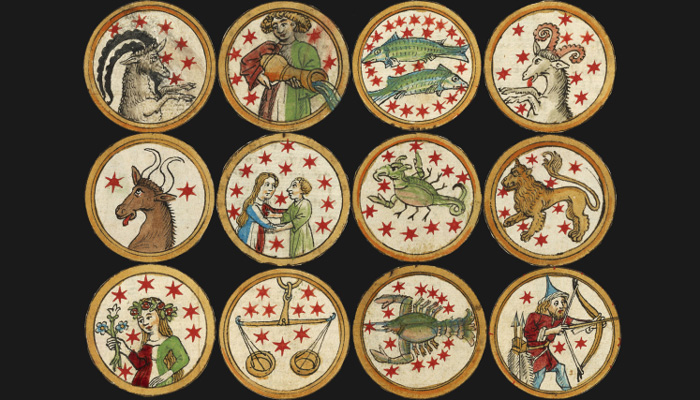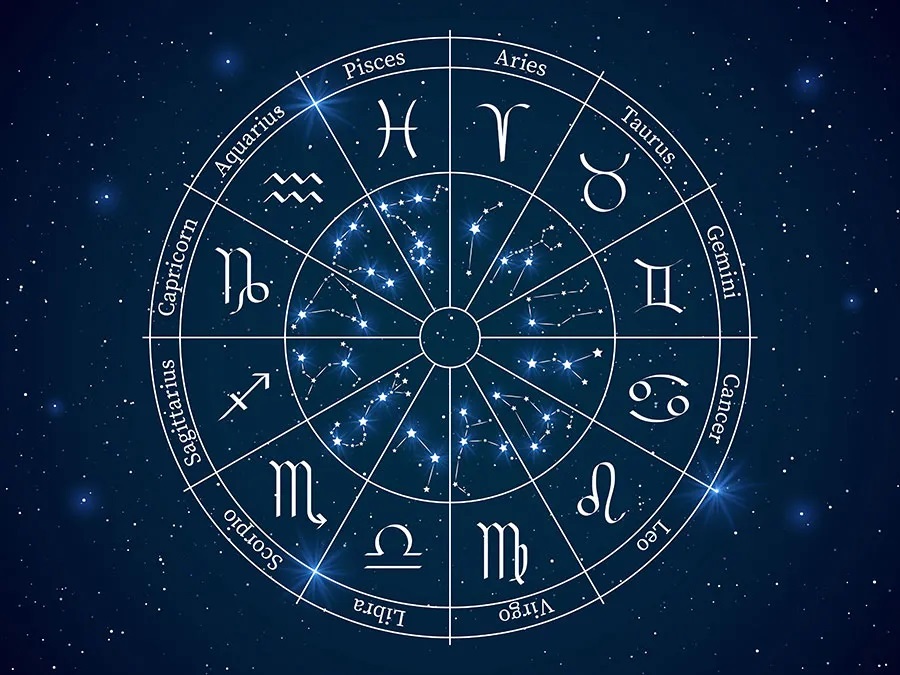
Astrology, the ancient study of celestial bodies and their perceived influence on human affairs, has evolved into various schools and practices over the centuries. Each of these schools offers a unique perspective on how the stars and planets shape our lives, relationships, and personal destinies. In this article, we will explore some of the major schools of astrology, shedding light on their methodologies, interpretations, and contributions to the field.
1. Western Astrology
Western astrology, also known as tropical astrology, is the most widely recognized form of astrology in the West. It is based on the tropical zodiac, which divides the ecliptic (the apparent path of the Sun across the celestial sphere) into twelve equal segments, each representing a zodiac sign. Western astrology emphasizes the birth chart, a snapshot of the sky at the moment of an individual’s birth, which reveals the positions of the planets, the Sun, and the Moon, as well as the angles they form.
Western astrologers use these celestial positions to interpret personality traits, life paths, and potential future events. They often focus on the aspects (the angular relationships between planets) and houses (the twelve divisions of the birth chart, each associated with different areas of life) in their analyses.

2. Vedic Astrology
Vedic astrology, also known as Jyotish, is a form of Hindu astrology that originated in ancient India. It is based on the sidereal zodiac, which aligns with the constellations as observed from Earth. Vedic astrology places great emphasis on the Moon’s nodes (Rahu and Ketu) and the nakshatras (lunar mansions), which are twenty-seven divisions of the sky used in predictive astrology.
In Vedic astrology, the birth chart is known as a janma kundali, and it is used to analyze an individual’s karma, destiny, and life purpose. Vedic astrologers also consider the dashas (planetary periods) and yogas (astrological combinations) in their interpretations, providing insights into the timing and nature of events in an individual’s life.
3. Chinese Astrology
Chinese astrology, rooted in ancient Taoist philosophy, is based on the twelve-year cycle of the Chinese zodiac. Each year is associated with an animal sign, and individuals born in a particular year are believed to inherit the characteristics of that animal. Chinese astrology also incorporates the Five Elements (wood, fire, earth, metal, and water) and the BaZi (Eight Characters) system, which uses an individual’s birth date and time to analyze fate and fortune.
Chinese astrologers often use divination tools such as the I Ching (Book of Changes) and feng shui (the study of energy flow in physical environments) to complement their astrological readings. They focus on the harmony and balance between an individual’s birth chart and the surrounding environment, offering guidance on how to improve one’s life and relationships.
4. Mayan Astrology
Mayan astrology, derived from the ancient Maya civilization of Central America, uses a different system of signs and symbols than Western astrology. It is based on the twenty-day vinals (days of the Maya calendar) and the thirteen baktuns (long-count periods), which together form the Tzolkin calendar.
Mayan astrologers interpret an individual’s birth chart by considering the position of the Galactic Center (the center of the Milky Way galaxy) and the placement of the planets within the twenty vinals. They focus on the individual’s purpose and destiny, emphasizing the importance of spiritual growth and alignment with the natural world.

5. Humanistic Astrology
Humanistic astrology, a relatively modern school of thought, emerged in the mid-20th century as a reaction to the deterministic interpretations of traditional astrology. Humanistic astrologers believe that the birth chart provides insights into an individual’s potential and psychological makeup, rather than predetermined fate.
This approach focuses on self-awareness, personal growth, and the use of astrology as a tool for self-understanding. Humanistic astrologers often work with clients in a therapeutic setting, using the birth chart to facilitate self-discovery and empower individuals to create the life they desire.
Conclusion
The diverse schools of astrology offer a rich tapestry of perspectives and methodologies for understanding the influence of celestial bodies on human affairs. Whether one leans towards the predictive accuracy of Vedic astrology, the philosophical depth of Chinese astrology, the mystical allure of Mayan astrology, or the self-empowerment of humanistic astrology, the field remains a fascinating and ever-evolving area of study. As we continue to explore the cosmos and our place within it, the insights offered by these various schools of astrology will undoubtedly continue to inspire and guide us.

Leave a Reply